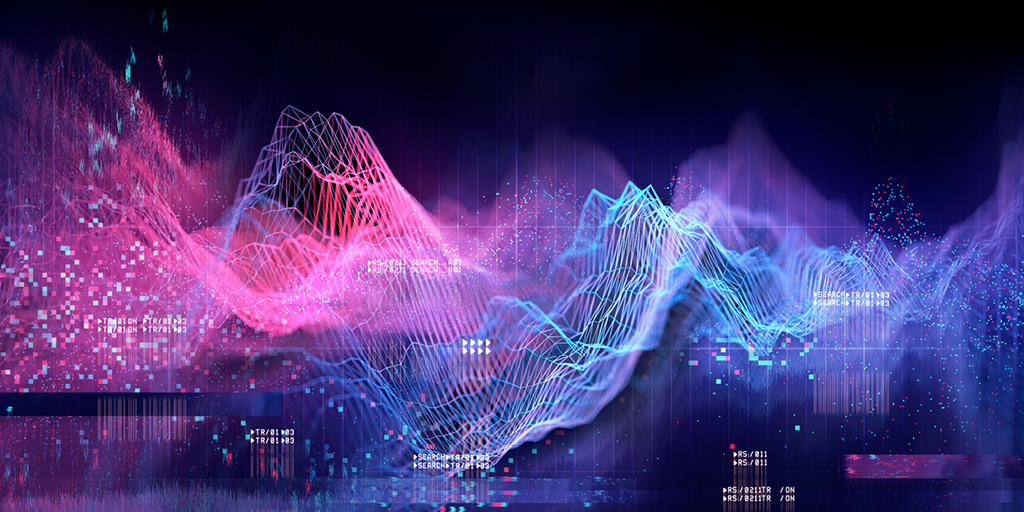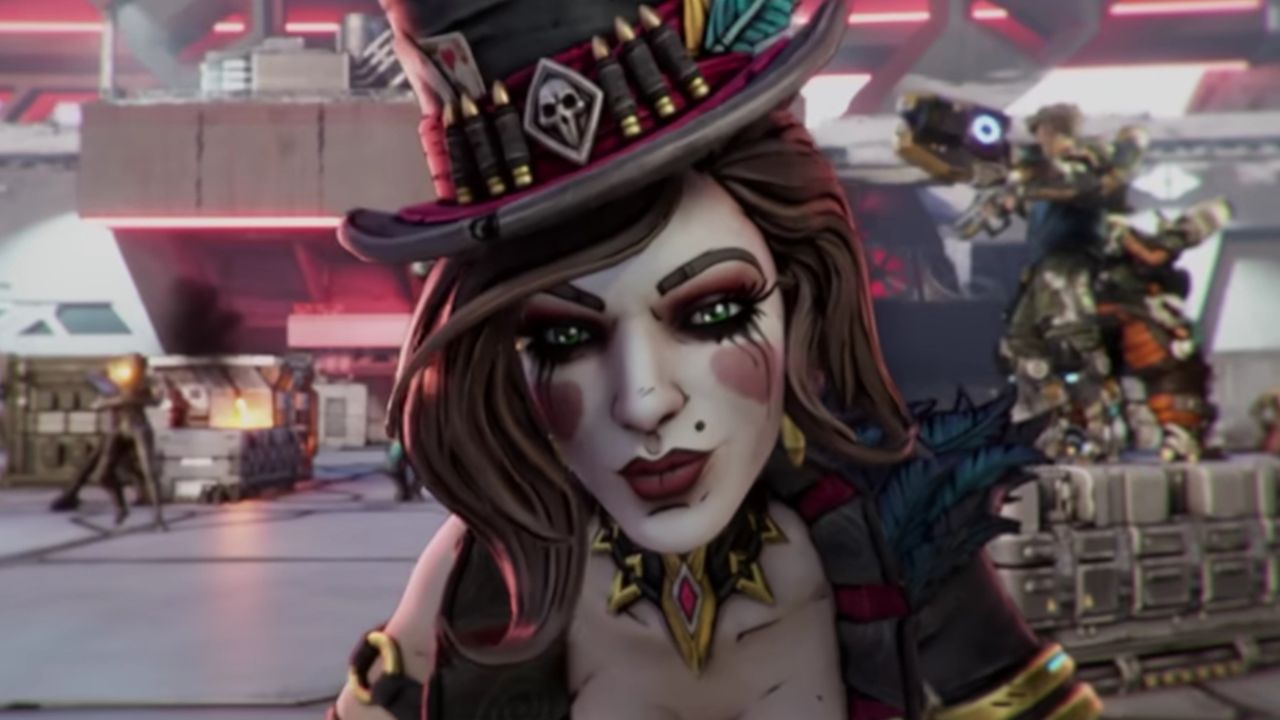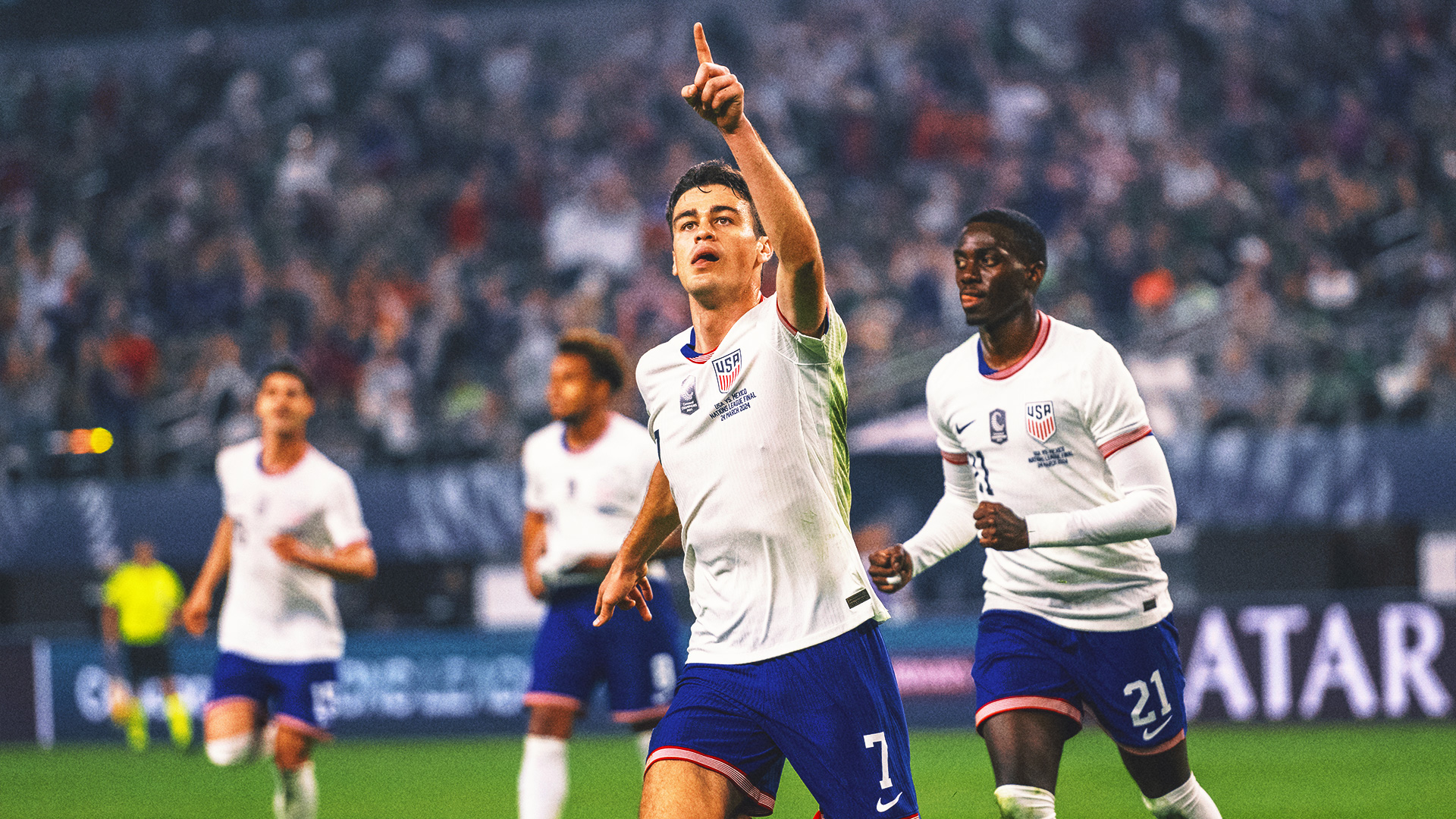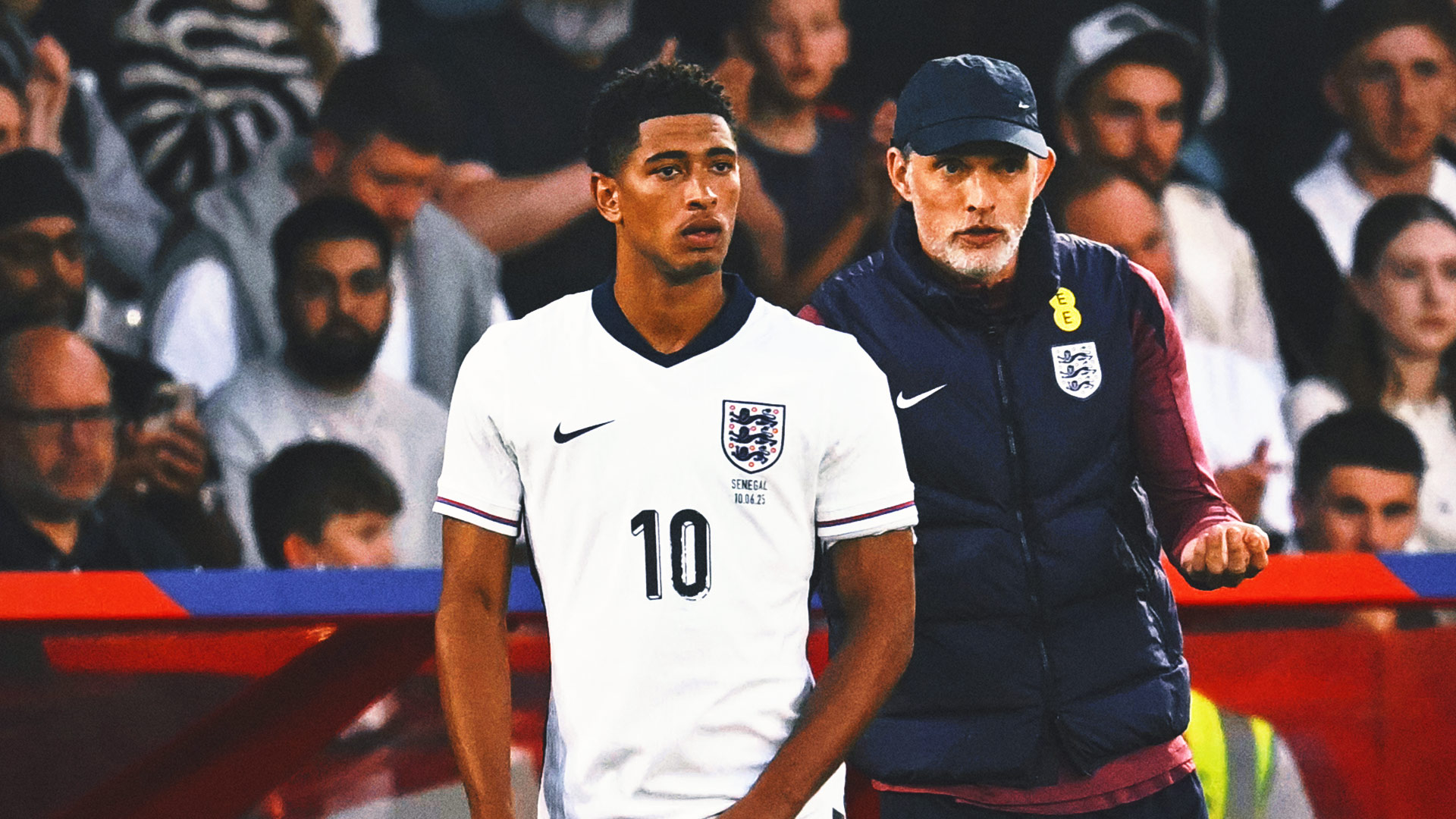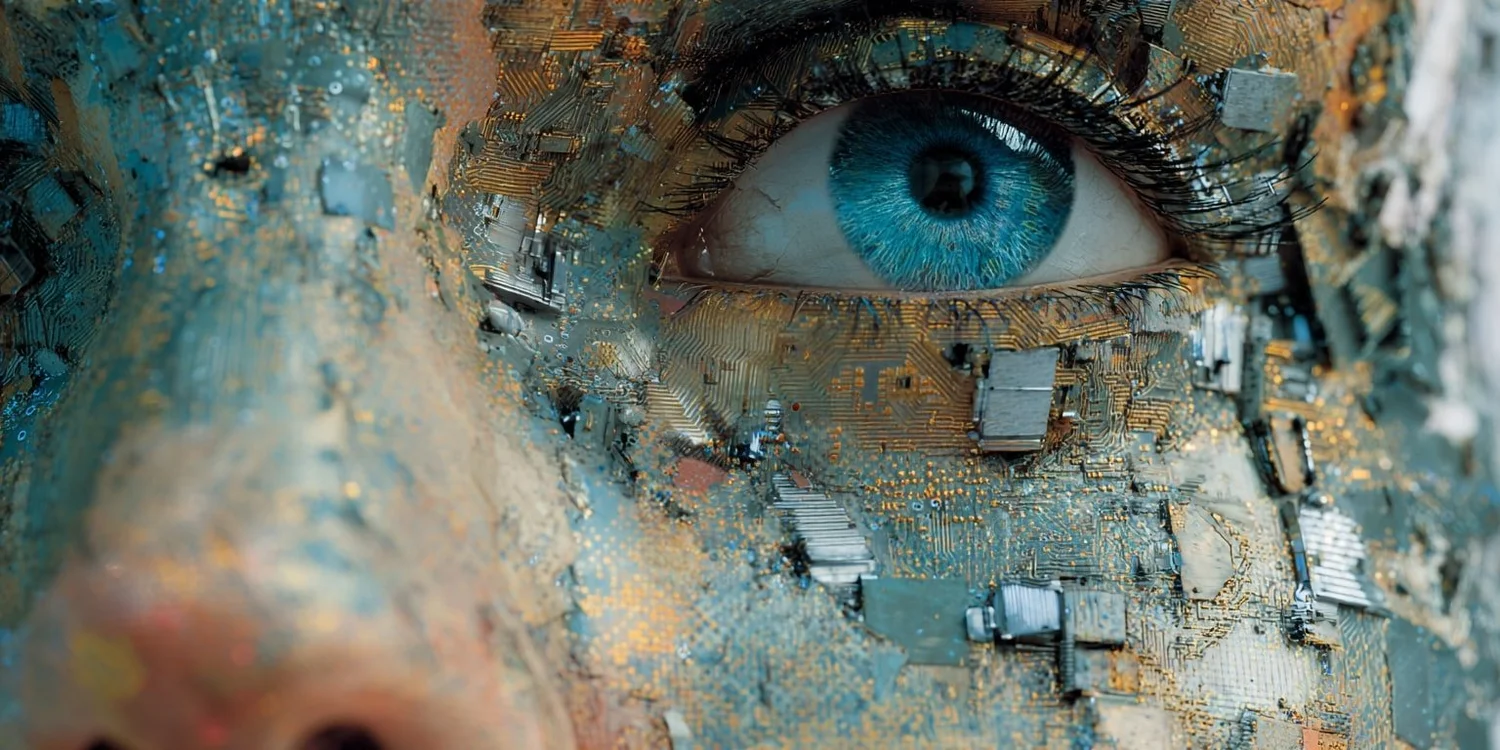How does AI work?

TL;DR: Artificial Intelligence learns patterns from data and uses them to make predictions, generate content, or solve problems. Generative AI, such as ChatGPT or image and video generators, takes this a step further by creating new things, text, art, music, and more, that have never existed before.
People often ask: “How does AI actually work?” It can feel mysterious, a tool that writes poems, paints portraits, or composes songs out of thin air. But behind that magic lies a mix of data, algorithms, and machine learning.
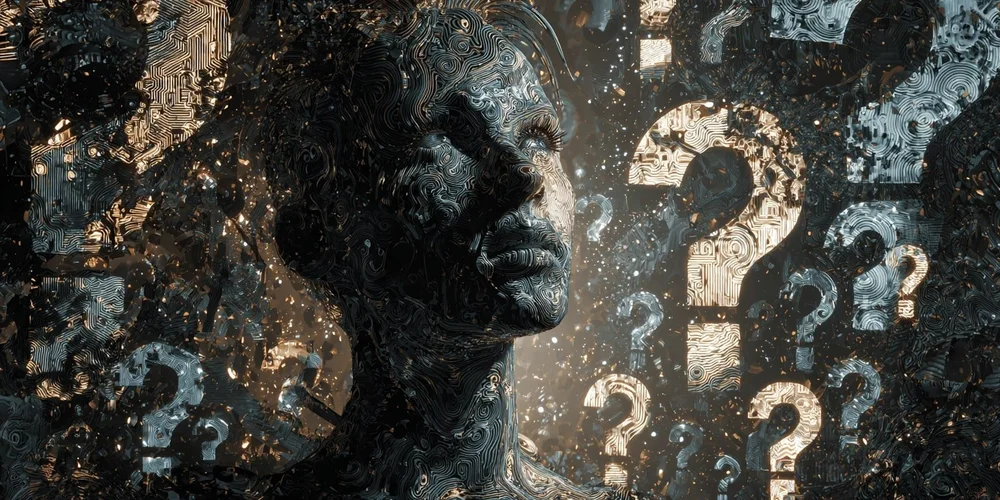
This article explains the basics of AI for beginners, focusing especially on generative AI, the type that powers tools like ChatGPT, Midjourney, and Sora. You don’t need a technical background to understand it, just a bit of curiosity about how machines learn and create.
What Is Artificial Intelligence?
Veo 3.1 created this video based on the Midjourney image for this article.
Artificial Intelligence (AI) refers to computer systems that can perform tasks that typically require human intelligence. That includes understanding language, recognizing faces, solving problems, and now, even creating original content.
The most visible form of AI today is generative AI, which can produce entirely new outputs … stories, artwork, videos, and even music based on what it has learned from vast amounts of data.
For example:
ChatGPT writes essays, code, and conversations by predicting what words should come next.
Midjourney or Leonardo generate images by turning text prompts into pixels.
Suno and Udio create original songs by understanding rhythm and tone from existing music.
Rather than just recognizing patterns, generative AI creates using those patterns.
How Does AI Learn?
AI systems learn through data. The more examples they see, the better they become at spotting relationships. This process is called machine learning, and it usually follows three key steps:
Training: The AI studies large datasets … text, images, or sounds … to identify patterns.
Testing: It’s given new data to see how well it applies what it learned.
Improving: Engineers fine-tune it to make predictions or outputs more accurate.
Generative models use a specific type of learning called deep learning, inspired by how the human brain processes information. These systems rely on neural networks, layers of mathematical nodes that “fire” in response to patterns, much like neurons firing in your brain.
Large models like ChatGPT are trained on vast portions of the internet, allowing them to recognize context, structure, and meaning across billions of examples.
The Rise of Generative AI
Generative AI represents a significant leap in artificial intelligence because it goes beyond analysis: it creates. Instead of simply identifying a photo of a cat, a generative AI can draw one in any style you describe.
Here’s how it generally works:
The model looks at a text prompt or example input.
It uses probability to predict what would logically or aesthetically come next.
It keeps generating one token, pixel, or sound fragment at a time until the whole piece is complete.
Think of it as a highly advanced form of autocomplete. Instead of just finishing your sentence, you can write an entire story, design a movie scene, or produce a song that fits your mood.
The Different Types of AI
AI can be thought of in three levels of capability:
Narrow AI (Weak AI)
Focused on one task, like generating images or recommending songs. Most modern AIs, including ChatGPT, fall into this category.General AI (Strong AI)
A system that could reason across different fields and learn like a human. This doesn’t exist yet, but it remains a goal for future research.Superintelligent AI
An AI that surpasses human intelligence entirely, still theoretical but often discussed in science fiction and long-term ethics research.
Where You See AI Every Day
AI is already woven into daily life, often without people realizing it:
On your phone … Face ID, autocorrect, and Siri use machine learning.
In your apps … Netflix, Spotify, and TikTok use AI to predict what you’ll enjoy next.
In creativity … tools like ChatGPT, Midjourney, and Runway are changing how we write, draw, and edit videos.
At work … AI helps summarize emails, design presentations, and analyze data automatically.
Generative AI is especially transformative because it makes creativity and communication accessible to everyone, no design or coding experience needed.
The Human Side of AI
Even though AI can seem autonomous, humans remain at its core. We design algorithms, curate data, and determine how the technology is used.
Generative AI doesn’t “think” or “understand” in a human sense. It recognizes statistical patterns and uses them to produce convincing results. But it’s the human imagination, in the prompts we write and the ideas we guide, that gives the output meaning.
AI extends human creativity rather than replacing it. It’s a tool for expression, invention, and collaboration between people and machines.
How do large language models like ChatGPT actually generate text?

When you type a question into ChatGPT and it replies almost instantly with a whole paragraph, it feels like you’re talking to a human. But what’s really happening behind the scenes is a complex pattern-prediction process built on mathematics, probability, and enormous amounts of training data.
Let’s break it down step by step in simple terms.
The Core Idea: Predicting the Next Word
At its heart, a large language model (LLM) like ChatGPT doesn’t think or understand like a human. Instead, it predicts what word is most likely to come next in a sentence based on all the text it has seen during training.
If you start a sentence with “The cat sat on the…,” the model has learned that the next word is probably “mat.” It doesn’t know what a cat or mat is, but statistically, that word fits best based on millions of similar examples in its training data.
It repeats this prediction process one token at a time (a “token” can be a word or part of a word) until a complete, coherent response forms.
Training on Massive Amounts of Text
Before ChatGPT could generate a single sentence, it was trained on a massive collection of text from books, websites, research papers, and more. This process helps it learn grammar, facts, word relationships, and even the rhythm of conversation.
During training, the model looks at a piece of text, hides a few words, and then tries to guess what’s missing. Every time it’s wrong, it adjusts its internal parameters, billions of them, to get slightly better. This process, repeated billions of times, teaches it how language works.
Neural Networks: The Brain of the Model
The architecture behind ChatGPT is a Transformer, a specialized neural network designed to understand relationships between words and their context.
Instead of reading a sentence word by word in order, the Transformer looks at all words in a sentence at once and figures out how they relate. This is called attention. The model “pays attention” to the parts of the text that matter most for predicting what comes next.
This attention mechanism is what makes modern language models so powerful and natural-sounding compared to older forms of AI.
From Probability to Personality
When ChatGPT writes a sentence, it doesn’t just pick one “right” answer. It considers many possible follow-up words, each with a probability. The model then samples from those probabilities to produce text that sounds natural and varied.
That’s why two responses to the same question can sound slightly different. Randomness (controlled by something called temperature) allows creativity. Lower temperatures yield factual, consistent answers; higher temperatures yield more imaginative or unpredictable responses.
The Human Touch: Fine-Tuning and Safety
After training, the model undergoes fine-tuning, during which it learns to follow instructions, behave politely, and stay on topic. Human reviewers guide this process by ranking different AI responses, teaching it what sounds helpful, safe, and appropriate.
This is how a raw language model becomes something conversational and friendly, like ChatGPT.
What It Means for Everyday Use
Understanding how LLMs generate text helps demystify them. ChatGPT isn’t thinking, but it is excellent at recognizing context and mirroring human language patterns.
When you ask it a question, you’re triggering a vast statistical engine trained on patterns of knowledge and conversation, a digital reflection of how humans write, explain, and create.
So the next time ChatGPT crafts a thoughtful answer, remember: it’s not reading your mind, it’s predicting one word at a time, incredibly well.
How does Midjourney generate images, and how is that different from ChatGPT?
While ChatGPT creates text, Midjourney generates images, yet both rely on the same underlying principle: learning patterns from vast amounts of data. The key difference lies in what those patterns represent. ChatGPT learns the structure of language, while Midjourney learns the structure of visuals.
Let’s explore how Midjourney transforms words into pictures, and why that process feels like magic.
From Text Prompts to Visual Imagination
When you type a prompt like “a futuristic city floating above the clouds”, Midjourney doesn’t understand the words in a human sense. Instead, it converts your sentence into numerical representations, or embeddings, that capture the relationships between words and concepts.
These embeddings are then passed through a generative model trained on millions of image–text pairs, examples where images were labeled with descriptions. The AI learns how visual features (colors, textures, shapes) align with language concepts. Over time, it becomes incredibly good at connecting text to visuals.
The Magic of Diffusion Models
Midjourney is built on a type of generative AI called a diffusion model. Here’s how it works in simple terms:
The model starts with pure noise, like TV static.
It gradually removes that noise, step by step, to reveal an image that matches your prompt.
Each step is guided by what the model has learned about how images relate to words and shapes.
Think of it like sculpting: it starts with a block of marble (random noise) and carefully “chips away” at it until the sculpture (the image) emerges.
This process allows diffusion models to produce remarkably realistic and artistic results — from photorealistic portraits to dreamlike fantasy scenes.
How It Differs from ChatGPT
Although both systems are generative, their foundations differ:
| Aspect | ChatGPT | Midjourney |
|---|---|---|
| Type of model | Transformer (language model) | Diffusion (image generation model) |
| Trained on | Text from books, websites, code, conversations | Images with descriptive text (captions) |
| Output | Words and sentences | Images |
| Core mechanism | Predicts next word in a sequence | Adds and removes noise to form an image |
| Creative process | Writes through linguistic probability | Paints through visual probability |
ChatGPT builds meaning through sequence and syntax, while Midjourney builds imagery through patterns of shape, light, and color.
The Artistic Nature of Midjourney
One of Midjourney’s standout qualities is its artistic bias. It doesn’t just aim to recreate reality. It often produces stylized, imaginative results. That’s because its training data includes not just photography but also digital art, paintings, and concept sketches.
So, while ChatGPT writes the story, Midjourney illustrates it. Together, they represent the two sides of generative AI, language and vision, working hand in hand to bring human creativity into digital form.
Why It Matters
Understanding how Midjourney differs from ChatGPT reveals a broader truth about AI: it’s not one single technology but a family of systems, each mastering a different kind of creativity.
Text-based models help us express ideas, while image-based models help us visualize them. And as these systems continue to merge, with AI now generating video, music, and 3D environments, we’re entering an era where imagination can move seamlessly from words to visuals to sound.
Sora and the Evolution of Generative AI Models
While tools like Midjourney rely on diffusion models to generate images, OpenAI’s Sora takes a different approach. It uses a transformer model, the same type of architecture that powers ChatGPT. Instead of gradually removing noise from random pixels, Sora predicts visual data directly, frame by frame, in a way similar to how language models predict the next word in a sentence.
This difference is more than technical; it signals a rapid shift in AI research. New models are being developed that blur the boundaries between language, imagery, and video. The fact that a transformer, initially built for text, can now create realistic video shows how quickly AI is evolving. Every few months, researchers discover new ways to generate, represent, and connect data, reshaping how creativity and computation intertwine.
Artificial Intelligence learns patterns from large amounts of data and uses them to make predictions, generate content, or solve problems. Systems like ChatGPT process language, while others, such as Midjourney, generate images by interpreting text into visuals. Both rely on complex neural networks that simulate aspects of human learning, though they specialize in different creative domains, language and vision. Together, they demonstrate how AI is reshaping communication, creativity, and technology by transforming data into meaningful expression.
What's Your Reaction?
 Like
0
Like
0
 Dislike
0
Dislike
0
 Love
0
Love
0
 Funny
0
Funny
0
 Angry
0
Angry
0
 Sad
0
Sad
0
 Wow
0
Wow
0









